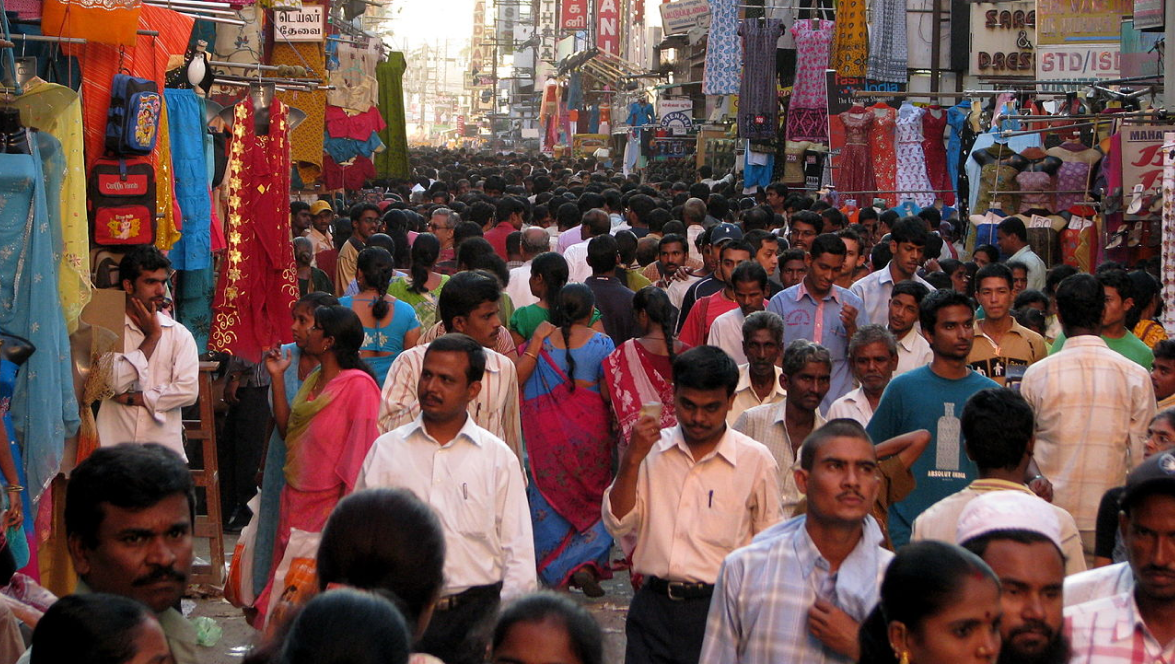The dream of inclusive, sustainable development will remain unfulfilled unless we acknowledge and address the deep imbalances that threaten to weaken the idea of this nation.
On August 15, 2017, Independent India will be 70. Is India@70 significantly different from India at 50? If yes, how, and what is the implication of this for our collective desired future: inclusive, sustainable development for India, that can contribute to environmental resilience and global peace?
Indeed, the India of 2017 is significantly different from the India of 1997. For me, India@70 is characterized by three asymmetries:
- The Aspiration vs Attainment Asymmetry at the level of self-concept of individuals
- The Rights vs Responsibility Asymmetry at the level of how individuals relate to each other
- The Technology vs Mythology Asymmetry at the level of how individuals relate to the environment and other aspects of existence beyond human control
The collective scope of these three asymmetries spans everything that human beings are and experience.
Yet, the aspirational explosion is matched with an attainment implosion. As an example, see PRATHAM’s Annual Status of Education Report (ASER) for 2016. It showed that while enrollment rates in our schools were above a very creditable 95 percent, roughly one out of four children in Standard VIII could not read Std II texts and 57 percent of Std VIII students could not correctly solve a three-digit by one-digit division problem.
With such a disadvantage in educational attainment, how can we ever encase the much-heralded ‘demographic dividend’? It seems more like a demographic disappointment. Higher education—or even acquisition of vocational skills—is difficult, if not impossible, for these young people and that has implications for their employability. Yet, they must live and make a living. So, the school drop-outs of yesterday, whose aspirations have been kindled but means of attainment extinguished, vent their ire against ‘the system’ in multiple ways, such as joining gangs of vigilantes. Given that the numbers of such young people run into millions, this will be a huge socio-economic problem, to which we have not yet woken up as a nation.
Unless something is done in the next five years, it may be too late. We need a national mission for promoting self-employment, starting with skill, business and entrepreneurial training, followed by start-up financing and handholding until the self-employed persons stabilize their enterprises. It will be impossible for India to have inclusive, sustainable development without this.
This aspiration-attainment asymmetry is not only among the youth or the lower-income groups: it exists in the older and richer segments as well. As a society, we need to figure out how to curb the need for obsessive consumption and constant upgrading of our living standards, given the high cost to the environment and to ourselves. We, the older and more privileged ones, need to practice the ancient wisdom of “simple living, high thinking,” preachy as it may sound.
Unless the balance is restored in each dyad, we will remain deeply flawed as a nation.
Unless the balance is restored in each dyad, we will remain deeply flawed as a nation and are unlikely to achieve the cherished, consensual goal of inclusive, sustainable development, contributing to environmental resilience and global peace. This is the meta-task cut out for development thinkers and social change activists, even as we go about whatever it is that is our self-defined day-job, or writing articles that few may read.

